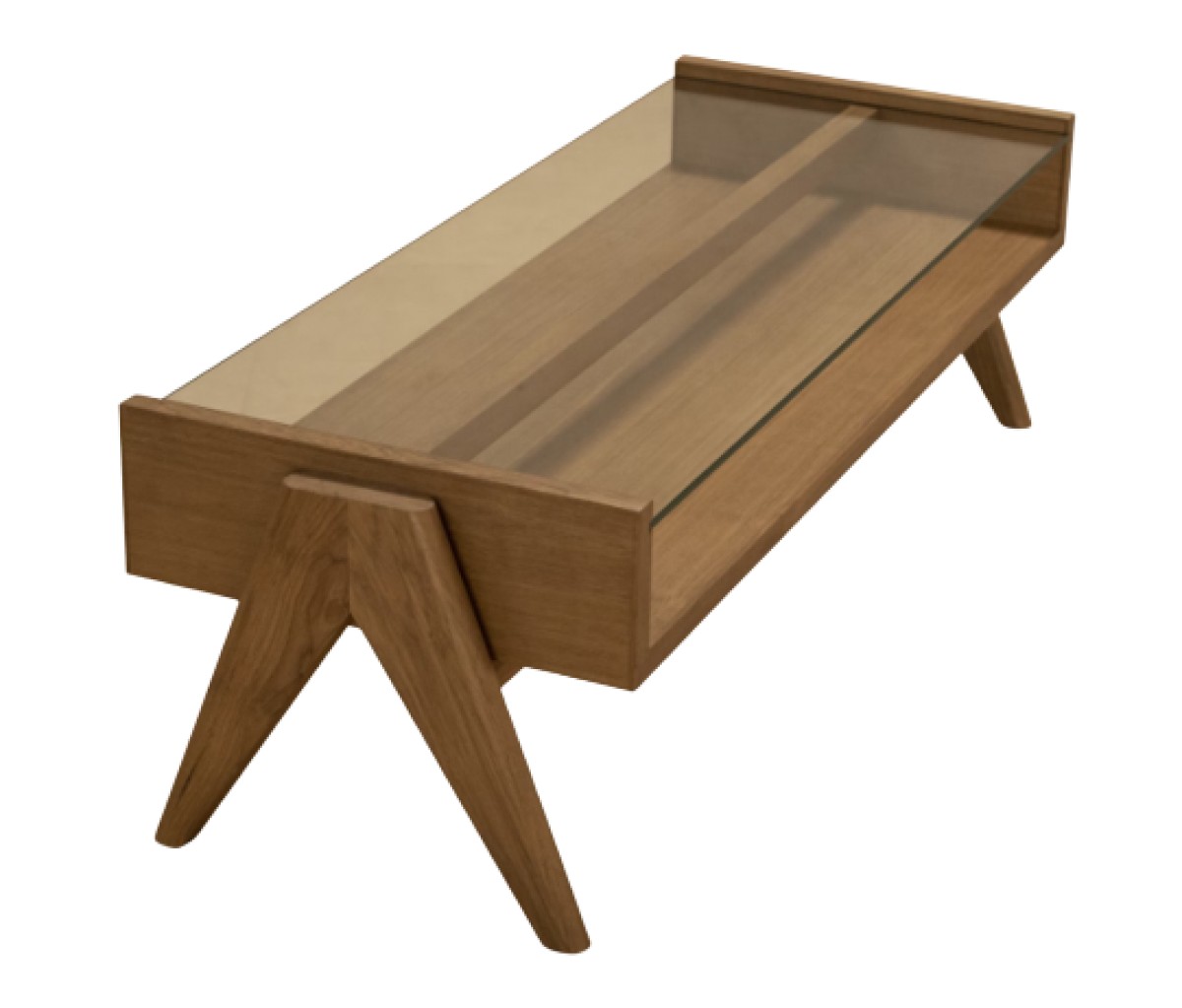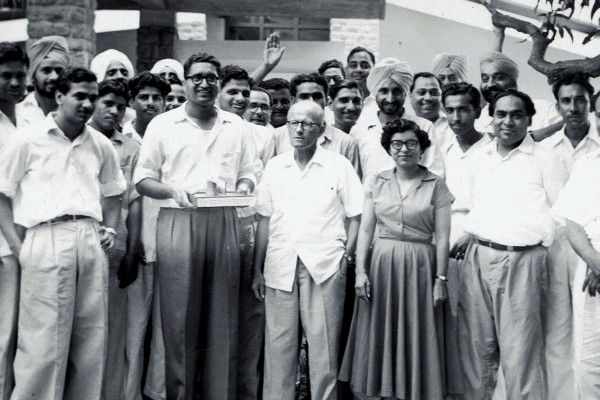Product Options
Dimensions (cm):

Glass Top Height: 36.5 cm
Materials:
Burma Teak (Tectona grandis)
Teak Veneer
Plywood
Glass
We offer this product in Natural Teak or Dark Stain finish. The natural teak finish highlights the golden brown colour of raw teak and is finished with a transparent polish. The dark stain is a result of a single coat of water based wood stain, hand applied to give the timber a deeper hue. (Please note that each batch of teak is unique and actual shade may vary from the reference images.)
Chandigarh Coffee Table (Glass Top)
For Order
From ฿89,800
This price reflects the basic model of the product with no additional features or upgrades.


